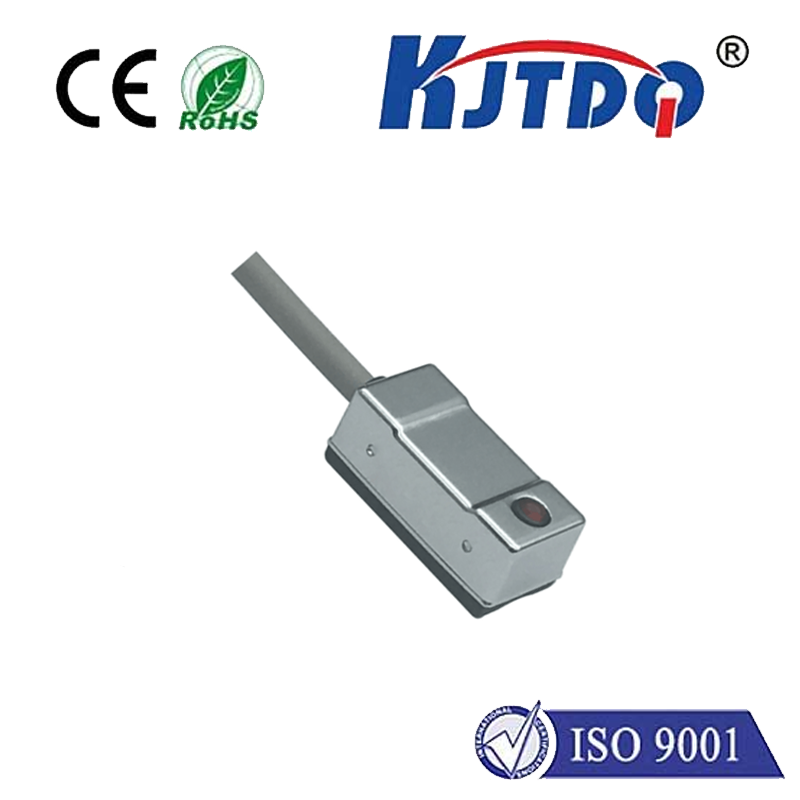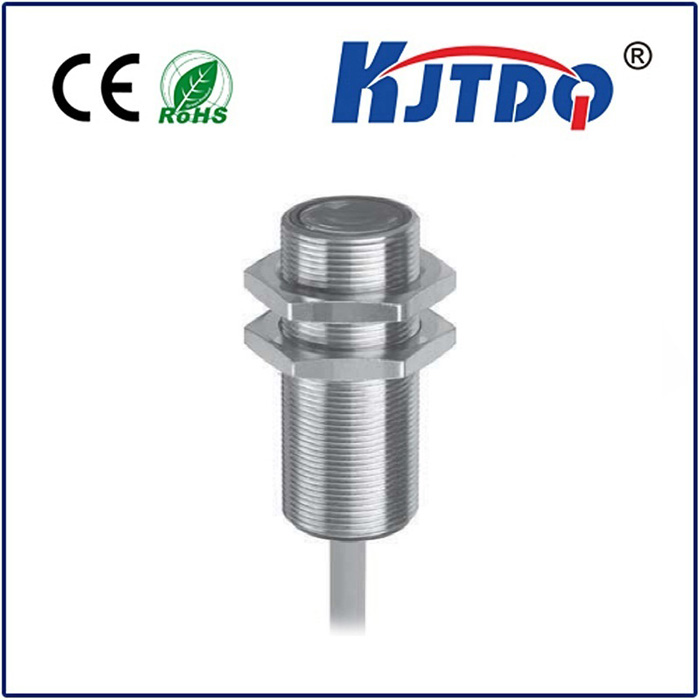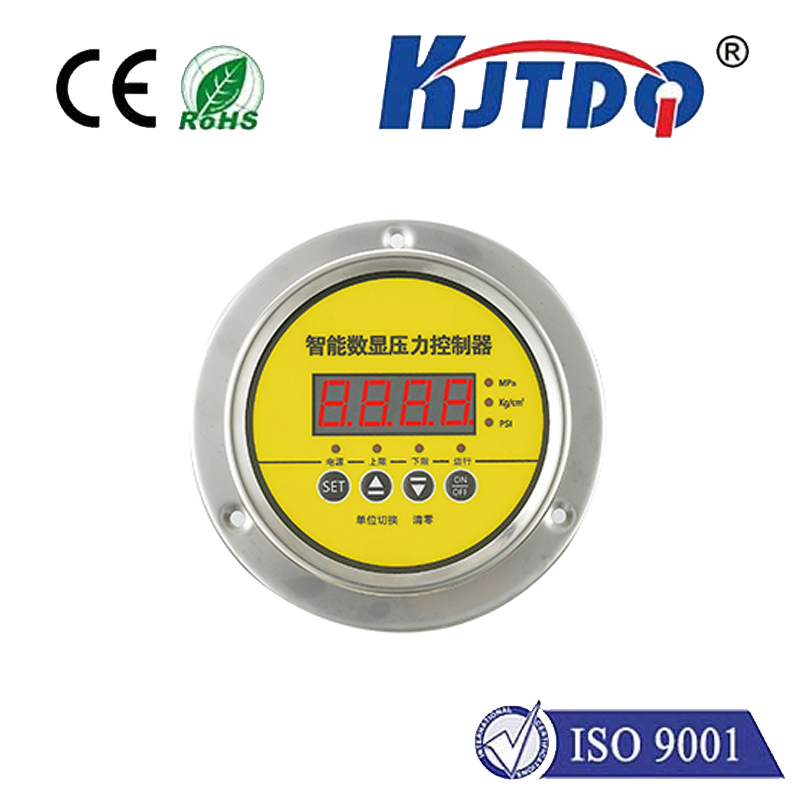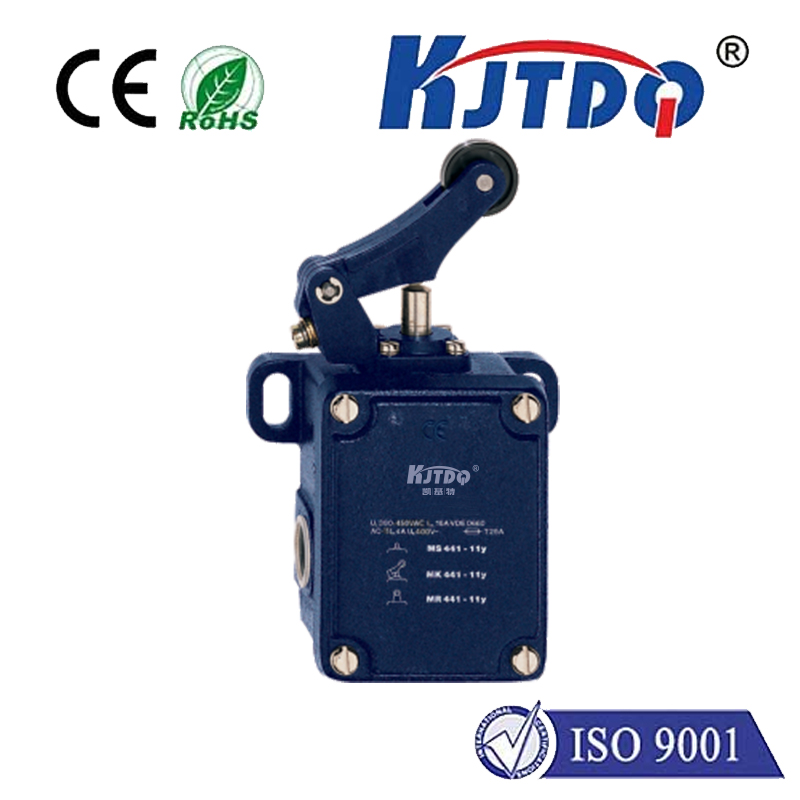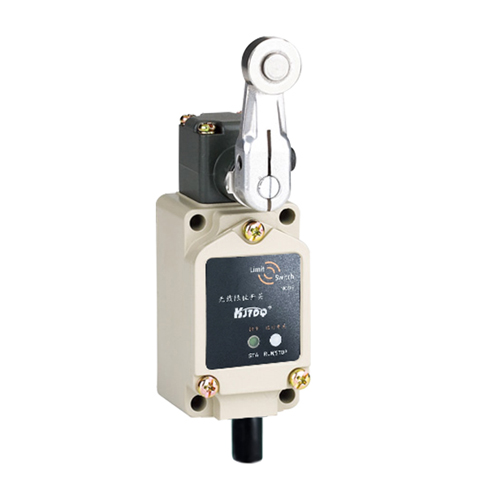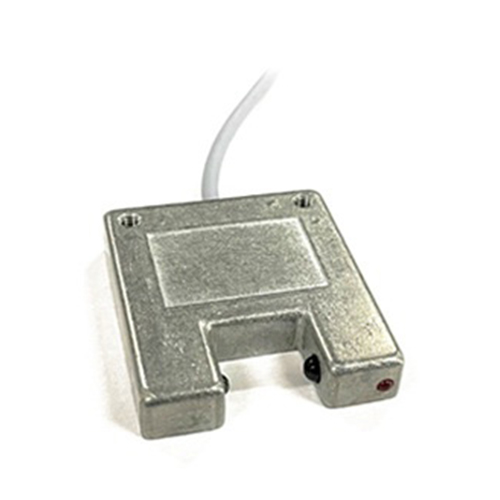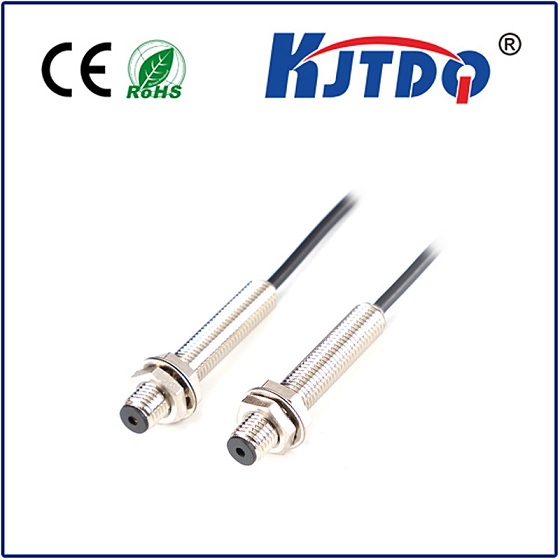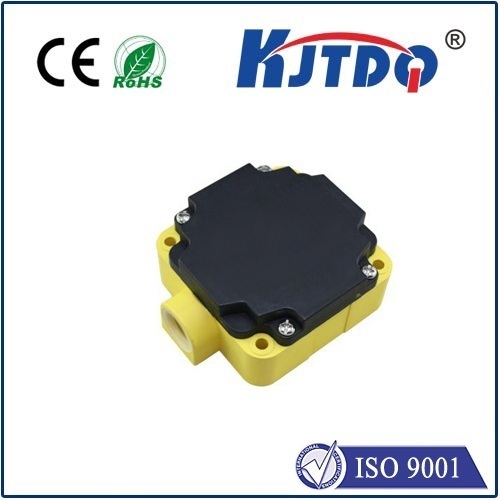proximity sensor m4 lj4a3
- time:2025-09-09 03:07:56
- Click:0
M4 LJ4A3 Proximity Sensor: Precision Detection for Demanding Industrial Automation
Imagine a critical assembly line grinding to a halt because a component wasn’t perfectly positioned. Downtime costs soar. This scenario highlights the unsung heroes of modern manufacturing: reliable proximity sensors. Among these, the M4 LJ4A3 Proximity Sensor stands out as a robust and precise solution engineered for consistent, non-contact object detection in challenging industrial environments. Understanding its capabilities empowers engineers and maintenance personnel to optimize automation processes, enhance safety, and minimize costly interruptions.
The Inductive Advantage: Core Functionality Explained
The M4 LJ4A3 belongs to the category of inductive proximity sensors. Its fundamental operating principle relies on generating an oscillating electromagnetic field from its sensing face. When a conductive metal target (like steel, aluminum, brass, or copper) enters this field, it induces small eddy currents on the target’s surface. These eddy currents draw energy from the sensor’s oscillator, causing a detectable change in its oscillation amplitude. Sophisticated internal circuitry monitors this change meticulously, triggering a solid-state electronic switch (typically an NPN output configuration in the LJ4A3 variant). This switch reliably signals the presence or absence of the target to a Programmable Logic Controller (PLC) or other machine control system – all without any physical contact. This non-contact nature is crucial, eliminating wear and tear and ensuring exceptionally long service life.

Why the M4 LJ4A3 Earns its Place on the Factory Floor
Beyond the basic inductive principle, the M4 LJ4A3 incorporates design features specifically tailored for industrial resilience and performance:
- Robust Housing & Environmental Protection: Encased in a typically nickel-plated brass housing or robust polymer, it offers excellent resistance to impacts, vibrations, and harsh chemicals often encountered in factories. Crucially, it boasts an IP67-rated housing (Ingress Protection), making it dust-tight and capable of withstanding temporary immersion in water up to 1 meter deep. This resilience is vital for washdown areas in food processing or environments exposed to coolants and oils.
- Temperature Stability: Industrial settings experience significant temperature fluctuations. The M4 LJ4A3 is designed for stable operation within a wide industrial temperature range (commonly -25°C to +70°C), ensuring reliable detection performance in cold storage or near hot machinery.
- Shielded Design & Precision Sensing: The sensor features a shielded (flush-mountable) design. This allows it to be installed flush within a metal bracket without the bracket interfering with its sensing field. Shielded sensors generally offer shorter sensing ranges but provide superior immunity to surrounding metals, enabling precise installation in tight spaces.
- Reliable Electrical Performance: Operating on a standard industrial DC voltage supply (often 10-30V DC), it provides a robust NPN normally open (NO) output. NPN is commonly used in sinking input configurations on PLCs. Its fast response time (typically microseconds) ensures it keeps pace with high-speed automation.
- Simple Installation & Maintenance: Featuring a standardized M4 threaded barrel (4mm diameter), installation is straightforward into appropriately sized mounting holes. Its inherent maintenance-free operation (no moving parts to wear out) translates to lower lifecycle costs and reduced unplanned downtime.
Key Specifications at a Glance (Representative Values)
| Parameter |
Typical M4 LJ4A3 Value |
| Sensing Principle |
Inductive |
| Output Type |
NPN, Normally Open (NO) |
| Housing Material |
Nickel-plated Brass / Plastic |
| Mounting |
M4 Threaded Barrel |
| Sensing Distance (Sn) |
Varies (e.g., 0.4mm, 0.8mm - check datasheet) |
| Supply Voltage |
10-30V DC |
| Protection Rating |
IP67 |
| Temperature Range |
-25°C to +70°C |
| Response Frequency |
High (e.g., ~1kHz) |
| Response Time |
< 0.5 ms |
| Hysteresis |
< 15% of Sn |
Where the M4 LJ4A3 Proximity Sensor Excels: Real-World Applications
The compact size, environmental robustness, and precision of the M4 LJ4A3 proximity switch make it indispensable across numerous sectors:
- Precision Machinery & Robotics: Detecting tiny metal components, verifying part presence in grippers, confirming end-of-arm tooling position, and ensuring robot joint limits. Its fast response is critical here.
- Automotive Manufacturing: Monitoring piston position in cylinders, detecting metal flanges on conveyor pallets, confirming gear selection, and verifying part placement in welding jigs. IP67 protection safeguards against coolant splashes.
- Packaging Machinery: Counting metal lids or caps, detecting cans/bottles on high-speed lines, verifying fill levels via metal targets, and checking case sealing integrity. Reliability prevents costly packaging errors.
- Food & Beverage Processing: Monitoring position of stainless steel valves, detecting metal tags on products, controlling filling heads, and confirming door closure on processing equipment (thanks to IP67 washdown capability).
- Material Handling: Verifying pallet presence on conveyors, detecting metal rollers or chains, confirming gate positions, and providing end-of-travel detection for actuators.
- Small Device Integration: Its compact M4 size allows embedding into tight spaces within specialized equipment, laboratory instruments, or smaller automation cells where space is a premium.
Beyond the Basics: Leveraging the Sensor Effectively
To maximize the performance of an M4 LJ4A3 proximity sensor, consider these practical points:
- Target Material & Size: Inductive sensors detect conductive metals. Ferrous materials (steel, iron) generally yield the longest sensing ranges. Non-ferrous metals (aluminum, brass, copper) require shorter sensing distances (Sn). Ensure the target is large enough and sufficiently thick to reliably trigger the sensor at the required distance.
- Sensing Distance (Sn): This nominal value is defined for a standard target (usually mild steel). Always refer to the specific datasheet for the LJ4A3 variant you are using to know its exact Sn. Install the sensor so the target approaches within roughly 80% of Sn for reliable operation, accounting for mounting tolerances and hysteresis.
- Electrical Connection: Ensure correct wiring according to the sensor’s datasheet (typically brown =






